The evergreen ficus tree is a favorite plant of many gardeners because of its unpretentiousness and decorativeness. The only difficulty that can be encountered when growing is a sharp thinning of the crown. The reason Benjamin's ficus is dropping leaves is usually due to pest damage or improper care, so you need to know what to do to save the flower.
Content
Grade Features
The evergreen of the Mulberry family is one of the most common indoor plants. Ficus shoots are erect, and the leaves vary depending on the variety. They can be smooth, and with a thin skin, and elongated oval, and pointed. The length is from 6 to 13 cm, and the width is 2-6 cm.
Ficus Benjamin perfectly survives in an apartment and does not require wintering. Its crown and trunk can be shaped, so it is widely used in bonsai art.
It has many varieties, both green-leaved (Exotic, Monique, Wiandi), and variegated (Barok, Safari), which are more demanding on lighting.
Possible causes of leaf shedding by Ficus Benjamin
Leaf dropping is one of the most common consequences of improper care or infection of ficus. To understand the cause (there may be several at once), you need to evaluate all the symptoms in the complex.
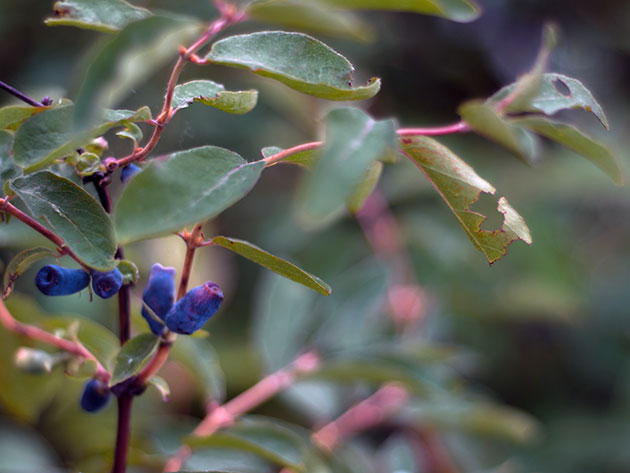 You may be interested in:
You may be interested in:Pests
Parasites can be brought from a flower shop or infect ficus from other flowers. Therefore, it is recommended to keep the plant in quarantine for several days before entering it after purchase to the old "tenants".
Ficus can affect such pests:
- Spider mite. Poorly distinguishable, since it is very small and transparent. Its larvae cannot be discerned at all, but a thin web can be seen on the underside of the leaf platinum. The favorable environment for this dangerous pest is warm and dry air. The plant stops in development, the leaves turn yellow and fall.
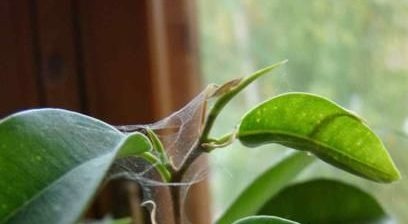
Spider mite - Mealybug. This insect grows up to 5 mm in length, therefore it is distinguishable on the leaf. The body has an oval shape with bristles at the edges and is covered with white down. Since, hitting the plant, the worm gathers in colonies, it manifests itself in a cotton-like fluff on the leaves and stems. They must be removed from the surface with an alcohol cloth or a cotton pad soaked in alcohol.
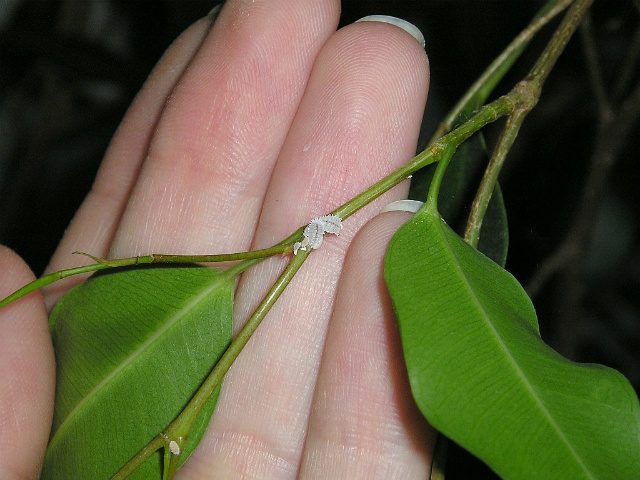
Mealybug - Scaffolds. Adult insects are up to 4 mm long and brown in color. The shape of the plaques is rigid in structure and protects against the action of insecticides. Young scale insects are smaller in size, flesh-colored and with a soft shield.
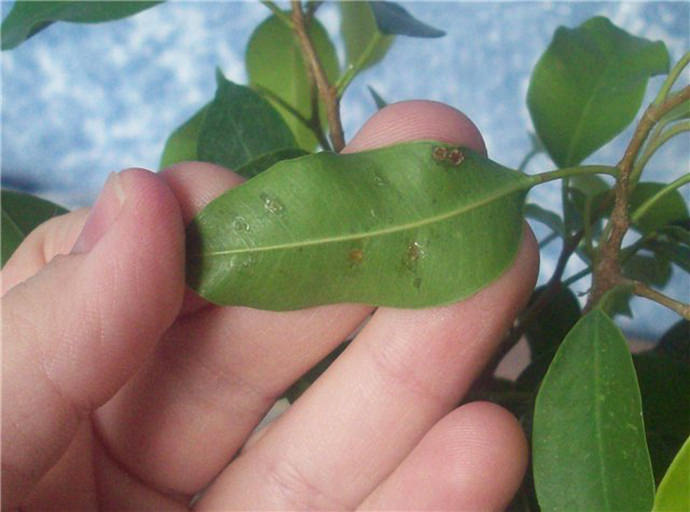
Shields Initially, stickiness can be noticed on the sheet plates. This is a sign of pest. The leaves are discolored and detached, as the scabies feed on cell sap. A soot fungus, which settles on secretions from scabies, can also be an attached infection. Covering the area with black coating, the fungus disrupts photosynthesis.
Mistakes in leaving
Drops of leaves can provoke such errors in the care of the plant:
- any changes in familiar conditions. This may be transportation and subsequent adaptation to the place, innovations in care, pruning, transplanting and so on;
- lack of moisture. Easy to spot by soil condition. It is dry, lags behind the edge of the walls, and when watering, water immediately spills into the pan, not being kept in the pot. Not getting moisture, the whole plant gradually dries out;
- excess moisture. If watering is carried out before the top layer of soil has dried out a little, this can lead to rotting of the roots and subsequent dumping of foliage. Such signs as an unpleasant smell of the substrate, darkening of the leaves, drooping shoots and moist soil, possibly with stagnation of water in the pan, will also be noticeable.
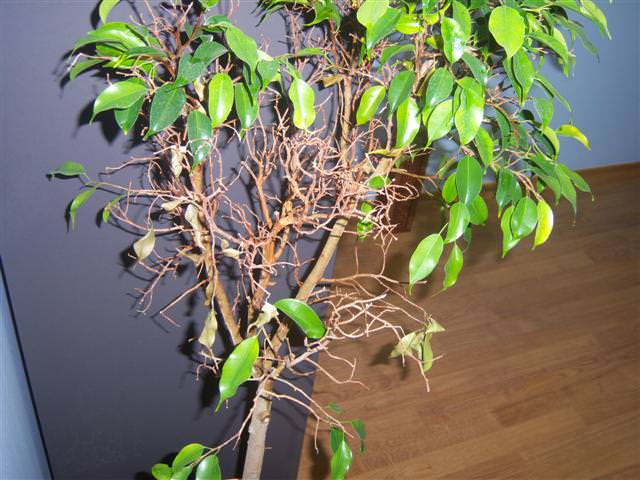
This may also apply to air humidity. For example, dry air in the heating season or dry summer, when measures were not taken to additionally irrigate the plant or increase humidity in the room.
- lack of necessary lighting. This reason is usually relevant in winter, when daylight hours are short, and primarily affects the decorative varieties of ficus Benjamin. They fade, fade, crumble;
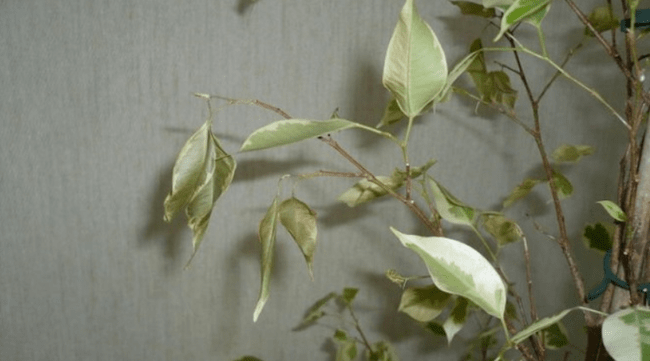
Leaf drop - violation of the temperature regime. Ficus is a resident of the tropics, so temperatures below 16 degrees will lead to hypothermia of the plant. If the average temperature in the room is within the normal range, then pay attention to whether the leaves are in contact with the window, whether the windowsill is cold, and what temperature the water is when watering.
- draft. F. Benjamin must be protected from the flow of cold air. They can also be wind turbines, fans, air conditioners;
- lack or excess of fertilizers. Not receiving a sufficient amount of nutrients, the plant will begin to become smaller, stop in development and lose leaves. Remember!Incorrect application of fertilizers can lead to a burn of the root system, which will also affect ficus.
- violation of the pH of the soil. For normal growth, ideal values are 6.5-7.0;
- large doses of protective equipment (pesticides). When feeding, you must clearly follow the instructions so as not to destroy the plant.
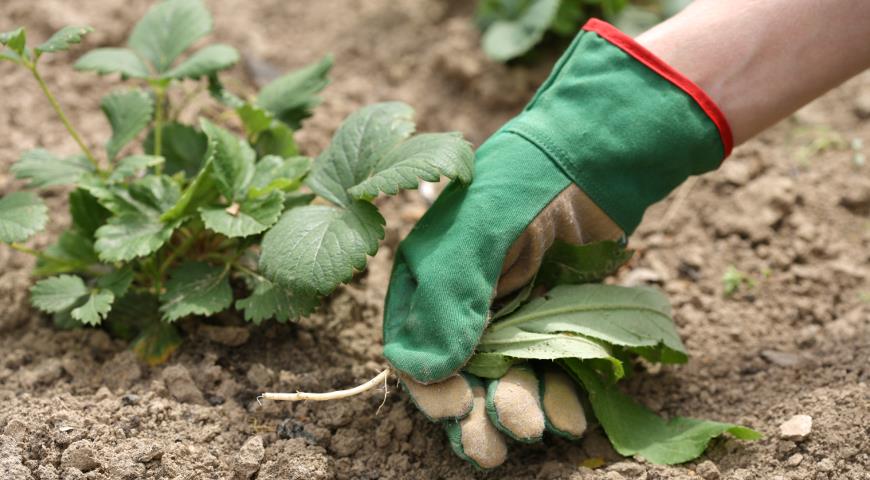 You may be interested in:
You may be interested in:What to do with a defeat of ficus parasites
At the first signs of parasite damage, treatment should be started immediately. A wide selection of control methods is provided by both specialized means and folk recipes.
Chemicals
Depending on the pest, processing is carried out by such means:
- scabbard (treatment 1 time per week for 3 weeks), spider mite: Actellik (20 drops per liter of water);
- mealybug: Karbofos (40 drops per 1 liter of water) or spraying with Confidor once every 10 days until the pest is completely destroyed;
- thrips: Actellik, Aktara, Tanrek (according to instructions).
Folk remedies
In the fight against pests, various folk remedies have proven themselves well:
- They deal with mealybugs or spider mites in the following way: dissolve 5 tablespoons of any washing powder in hot water (a small amount), pour 5 tablespoons of diesel fuel or machine oil in the same place. Mix the mixture with a bucket of cold water. This emulsion should wipe all the leaves and stems of the affected ficus. After a few days, repeat the treatment.
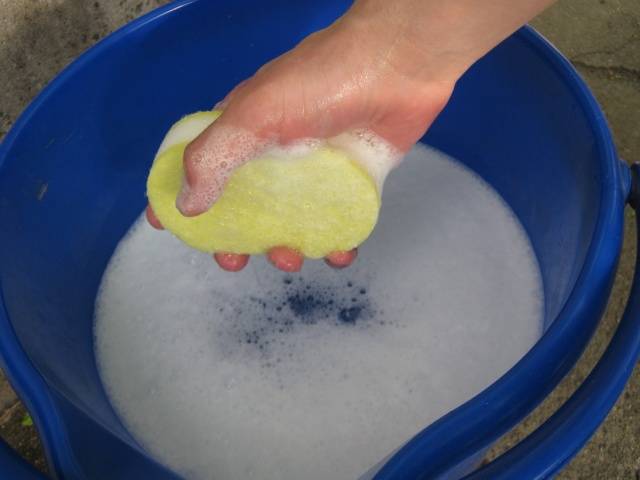
Spider Mite Treatment - The scabbard destroys the treatment with garlic-soapy solution: mix one part of crushed garlic, one part of grated laundry soap and three parts of water. The mixture is applied to the plant, and after 24 hours rinse with warm water.It is necessary to carry out processing until the pest is completely destroyed, to make equal intervals of several days.
- The spider mite is destroyed by treating the leaves with tobacco dust infusion: 4 tablespoons of tobacco dust and soap are added to 1 liter of warm water. The leaves are treated with this solution and left for 2 hours. After thoroughly wash with warm water.
Prevention
Such preventive measures will help to prevent and prevent leaf fall:
- If possible, do not move the pot. To do this, you must initially choose the best place for him.
- Monitor the temperature and humidity in the room based on the season. Regulate humidity with humidifiers, irrigation, shower, wet expanded clay in a pan or wiping leaves with a damp sponge.
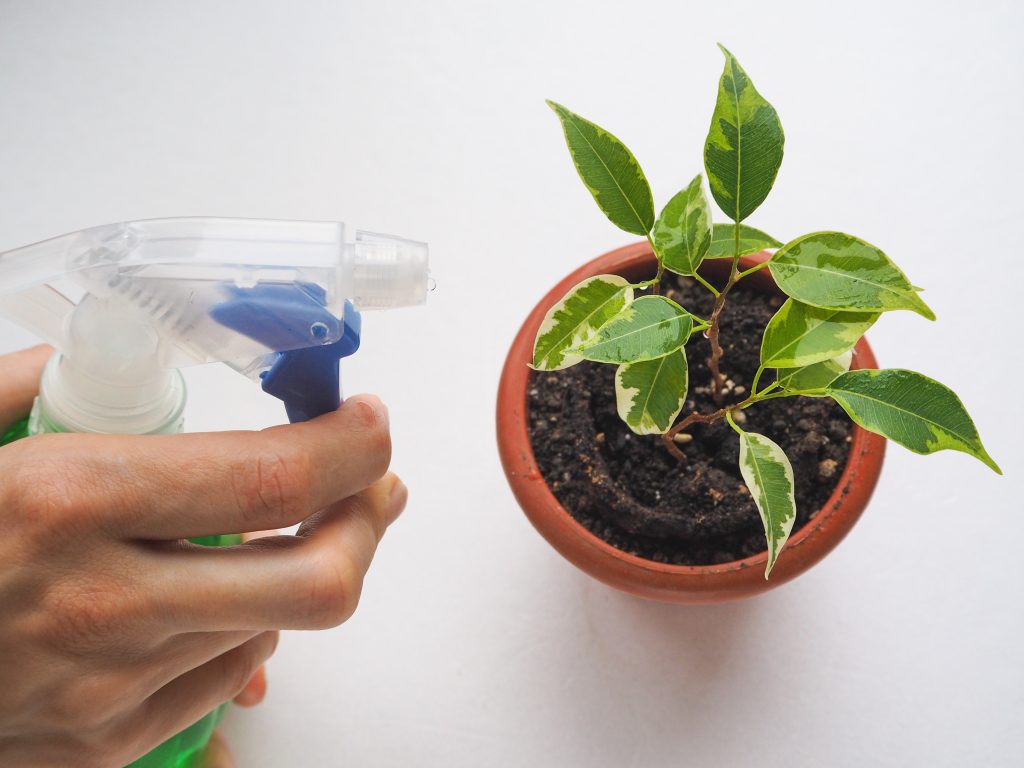
Ficus Irrigation - Monitor the humidity in the pot. When planting, be sure to make a drainage layer and check for a hole to drain the water. Watering should be moderate, warm soft water only when the top layer is slightly dry. Water from the pan must be drained, but not earlier than 20 minutes after watering.
Common questions
Ficus Benjamin - a great plant for beginner growers. Knowing the basic rules of care, you can grow an unusually beautiful tree that will decorate any interior.

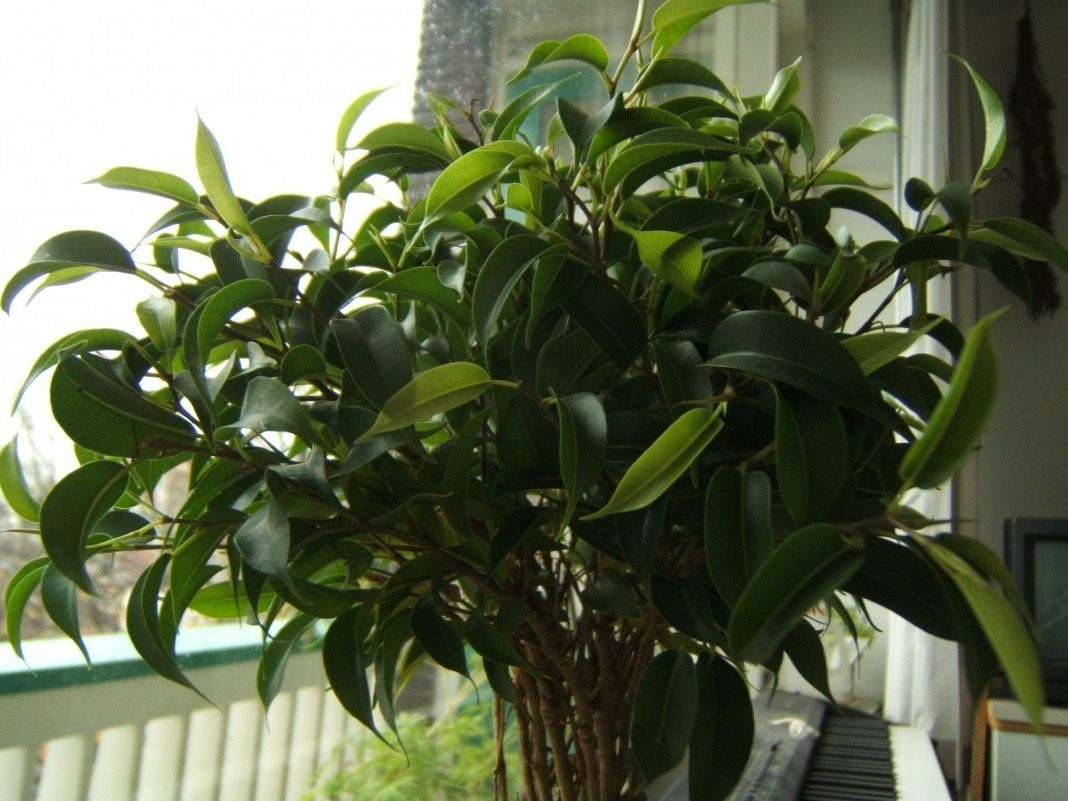
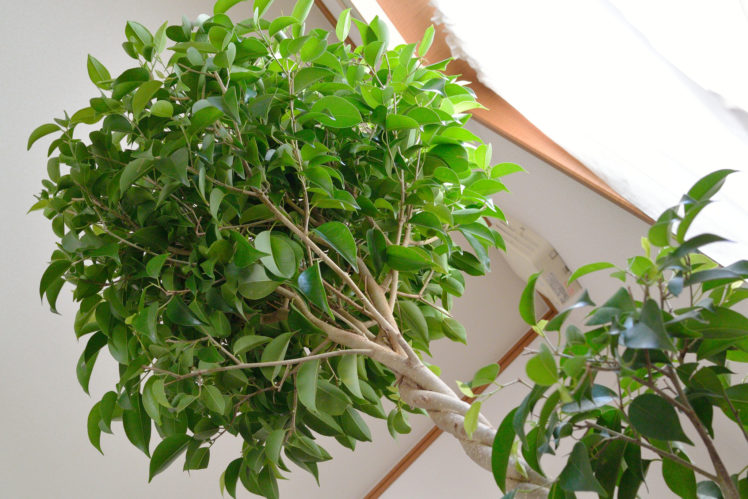
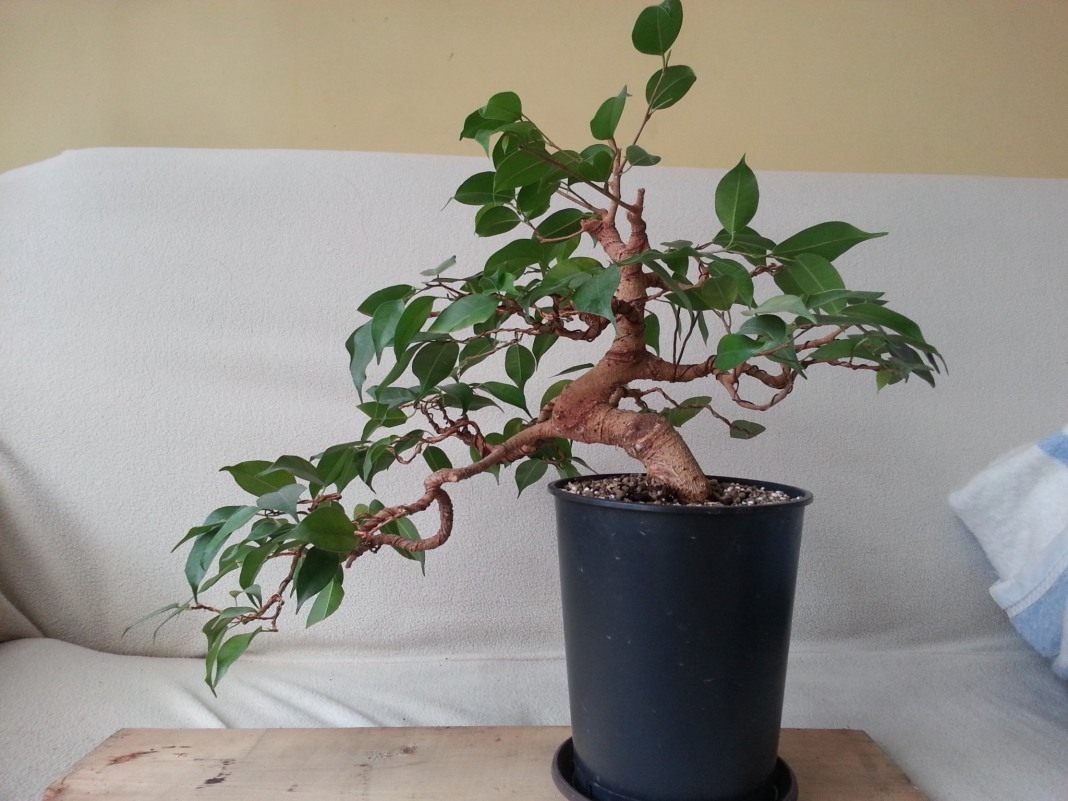
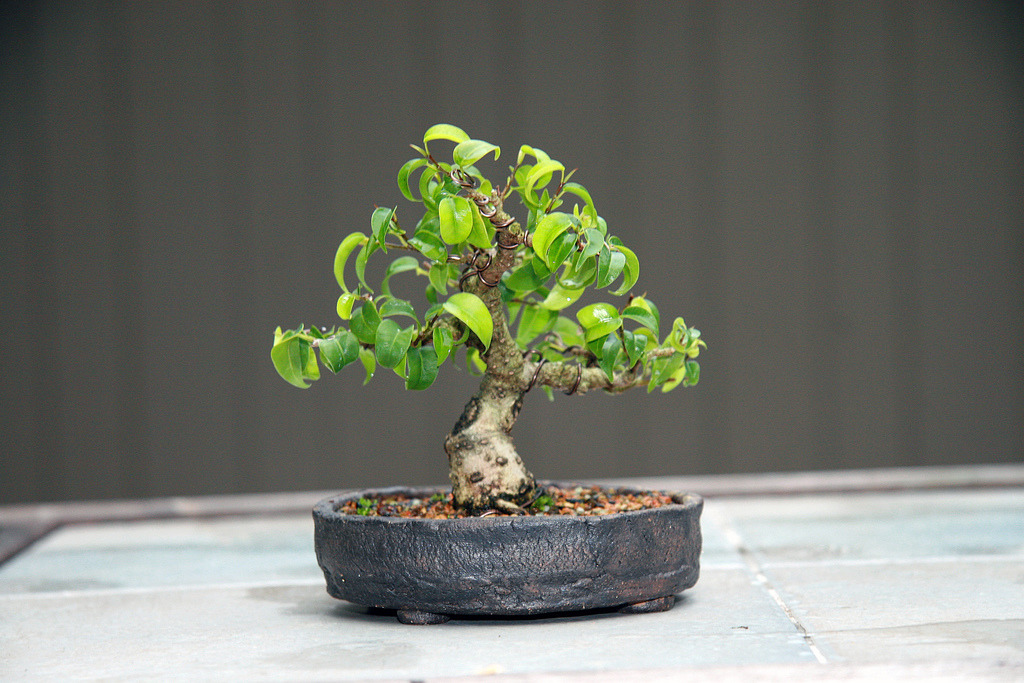



 10 beautiful annuals that bloom all summer
10 beautiful annuals that bloom all summer Sow in the ground, without seedlings: 10 beautiful and unpretentious flowers
Sow in the ground, without seedlings: 10 beautiful and unpretentious flowers Platicodon planting and outdoor care
Platicodon planting and outdoor care Hosta - planting and care in the open ground in the Urals
Hosta - planting and care in the open ground in the Urals